Tag: library communications
Summer reading: Disgraced
 Disgraced
Disgraced
Ayad Akhtar
Art, race, and politics come together in this 2013 Pulitzer Prize winner. Two couples push through the niceties over dinner, and before the evening is over, they come to grips with “truths” that are usually left unspoken. As difficult as it is to face deeply ingrained biases, this play challenges audiences to lift their gaze to see society as it really is.
JOHN LEVINE
Lecturer
College Writing Programs
This book is part of the 2021 Berkeley Summer Reading List. Stay tuned for more weekly posts!
Summer Reading: The Flick
 The Flick
The Flick
Annie Baker
Winner of the 2014 Pulitzer Prize for Drama, this play examines the lives of three young people who work in one of the last independently owned movie theaters in New England. Each character struggles with finding their place in a world that is changing rapidly. By the end, each of them finds hope as they move on. The New York Times calls it “hilarious and touching.”
JOHN LEVINE
Lecturer
College Writing Programs
This book is part of the 2021 Berkeley Summer Reading List. Stay tuned for more weekly posts!
Summer reading: The Namesake
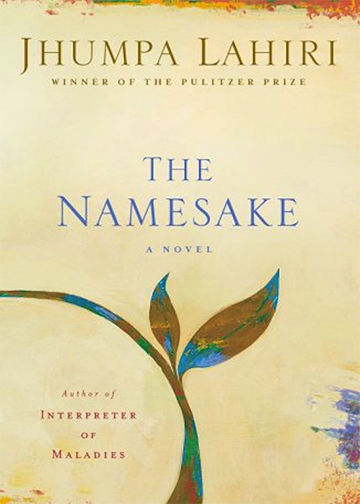 The Namesake
The Namesake
Jhumpa Lahiri
Pulitzer Prize-winning author Jhumpa Lahiri’s first novel, The Namesake, speaks to how one’s character, seemingly burdened by the past, can be redefined across time, space, and culture. In this story, Gogol Ganguli, a child of Indian immigrants much like Lahiri herself, struggles to adopt an identity that satisfies both the expectations of his Bengali relatives in Calcutta and his peers in the United States. As Gogol uncovers the history behind his name, we watch him tangle with family tradition, tumble through telling love affairs, and develop a fond interest in architecture — fitting as he tries to assemble his own persona. With simple yet elegant prose rendered in page-turning fashion, Lahiri illustrates how Gogol sees and re-sees the world upon gaining clarity about his past.
ALLIE COYNE
Class of 2021
Molecular and Cell Biology major
This book is part of the 2021 Berkeley Summer Reading List. Stay tuned for more weekly posts!
Summer reading: Trace: Memory, History, Race, and the American Landscape
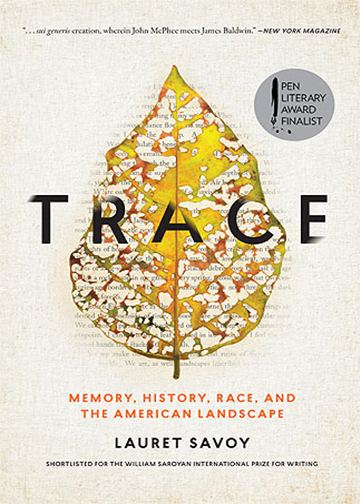 Trace: Memory, History, Race, and the American Landscape
Trace: Memory, History, Race, and the American Landscape
Lauret Savoy
In this collection of essays, Savoy, professor of environmental studies and geology at Mt. Holyoke College, explores the complex terrains of memory and landscape, and the ways in which the fragmented stories of our national past, and her personal past, are inscribed, lost, or found in the present. Through a wide-ranging examination of the geographies and topographies of our continent over time, she explores the paths of her ancestors, which include free and enslaved Africans, European colonizers, and Indigenous peoples, and uncovers stories of place and human presence which had been displaced or silenced. As one epigraph in the book notes, “Every landscape is an accumulation…Life must be lived amidst that which was made before.”
MARISSA FRIEDMAN (she/her/hers)
Digital Project Archivist
The Bancroft Library
This book is part of the 2021 Berkeley Summer Reading List. Stay tuned for more weekly posts!
Summer reading: Gutted
 Gutted
Gutted
Justin Chin
In a time when it’s difficult to grasp the passing of time, grief, and joy, I return to the legacy of a local queer poet, Justin Chin. In Gutted, his own loose variation of the Japanese zuihitsu, he assembles “diary entries, lists, quotations, observations, commentaries, fragments,” which chronicle the days after the death of his father, Chin’s own illness, and the absurdity, horror, and pleasure of everyday acts. How do we confront our past and view ourselves as raw, uncensored, honest?
KIYOKO SHIOSAKI
Undergraduate Research & Learning Librarian
UC Berkeley Library
This book is part of the 2021 Berkeley Summer Reading List. Stay tuned for more weekly posts!
Summer reading: Ties That Bind: The Story of an Afro-Cherokee Family in Slavery and Freedom
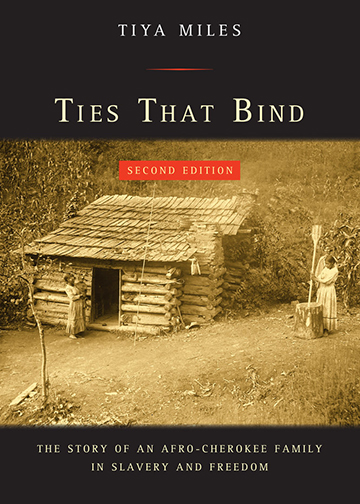 Ties That Bind: The Story of an Afro-Cherokee Family in Slavery and Freedom
Ties That Bind: The Story of an Afro-Cherokee Family in Slavery and Freedom
Tiya Miles
Lift your eyes to the interwoven story of a Cherokee warrior and African American slave as their lives are carefully detailed in this vivid historical account. Themes of colonialism, slavery, and marginalization weave the “ties” that make up not just a part of American history (one that is not taught in our schools), but the very essence of the American fabric–a fabric which is frayed, knotted, and stained.
LISA C. PIERACCINI (she/her)
Lecturer, History of Art
Fellow, Townsend Center for the Humanities
This book is part of the 2021 Berkeley Summer Reading List. Stay tuned for more weekly posts!
Summer reading: Brown Girl Dreaming
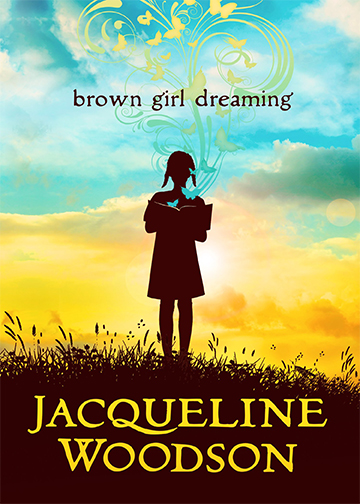 Brown Girl Dreaming
Brown Girl Dreaming
Jacqueline Woodson
Brown Girl Dreaming is a YA novel that tells the story of a young woman who is searching for her place in the world. In Woodson’s lyrical account, told as a series of poems, she writes of what it was like growing up during the height of the Civil Rights Movement. Moving from Ohio to South Carolina and then New York, Jacqueline confronts injustice and the realities of living in the post-Jim Crow era South. Always staying true to herself, she pursues her dreams and personal goals of becoming a writer despite the initial reservations of those around her and ultimately finds her voice through the stories and personal histories she tells.
LINDSEY LANFERSIECK
Lecturer
College Writing Programs
This book is part of the 2021 Berkeley Summer Reading List. Stay tuned for more weekly posts!
Summer reading: The Undocumented Americans
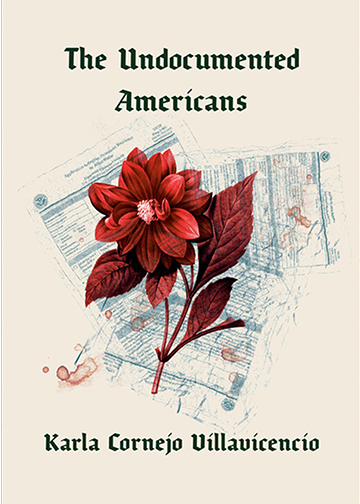 The Undocumented Americans
The Undocumented Americans
Karla Cornejo Villavicencio
In this remarkable book—part memoir, part journalism, part creative non-fiction—Karla Cornejo Villavicencio, herself undocumented, opens our eyes to what is right in front of us, but which we have been unable to see clearly up until now. She brings us into the lives of her family and other undocumented people in the United States, focusing not on a model-minority, soft-focus Dreamer narrative, but on the complex, real lives of undocumented people, who entrusted her with their stories, perhaps in part because of her own honesty and vulnerability. The student reviewers for the On the Same Page program were blown away by this book, and you will be, too.
ALIX SCHWARTZ
Director of Academic Planning
College of Letters & Science
This book is part of the 2021 Berkeley Summer Reading List. Stay tuned for more weekly posts!
Summer reading: The Hidden Life of Trees
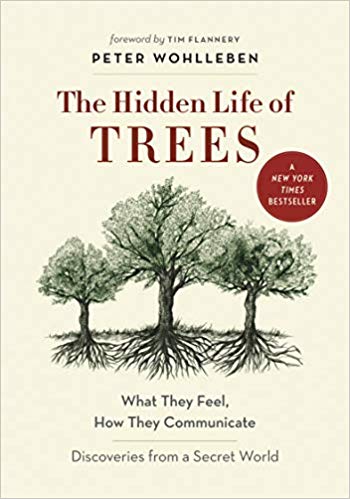 The Hidden Life of Trees: What They Feel, How They Communicate
The Hidden Life of Trees: What They Feel, How They Communicate
Peter Wohlleben
This book captures Peter Wohlleben’s approach to forestry, especially his enduring interest in identifying and tracing the interconnectedness of the disparate living beings of the Black Forest in southwest Germany. The implications of his ideas may serve students well, framing important scholarly questions, including, but not limited to, non-human consciousness, communication, memory, and time. Moreover, Wohlleben’s discussion of how non-human beings are affected by and respond to both short- and long-term ecological challenges may offer new ways to think about the transformative consequences of California wildfires, and the effects of climate change more generally.
MICHAEL DALEBOUT
PhD Candidate
Department of Rhetoric
This book is part of the 2020 Berkeley Summer Reading List. Stay tuned for more weekly posts!
Summer reading: The Overstory
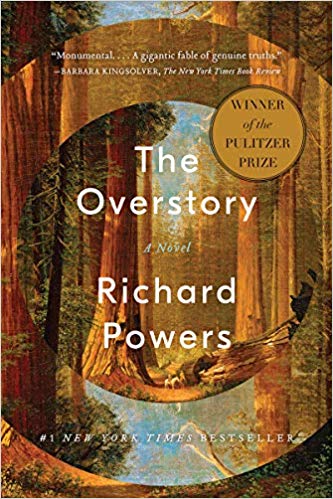 The Overstory
The Overstory
Richard Powers
Did you realize that the trees in a forest are interconnected, that they can communicate and even help one another out? In fact, it turns out that they form a community the likes of which we humans would do well to emulate. This magnificent novel starts off slowly — just as a forest does not appear overnight. At first the human characters appear fleetingly, and the reader begins to think this is a story whose main characters are trees, and on a tree-based time scale, human life is indeed fleeting. But as the story builds, it turns out that the humans, like the trees, are interconnected, and their most vital connections are somehow tied to the natural environment. This is a novel that has an environmental message, but it’s conveyed novelistically, not from atop a soapbox. If you surrender yourself to it, it will repay your attention many times over.
ALIX SCHWARTZ
Director of Academic Planning
College of Letters & Science
This book is part of the 2020 Berkeley Summer Reading List. Stay tuned for more weekly posts!